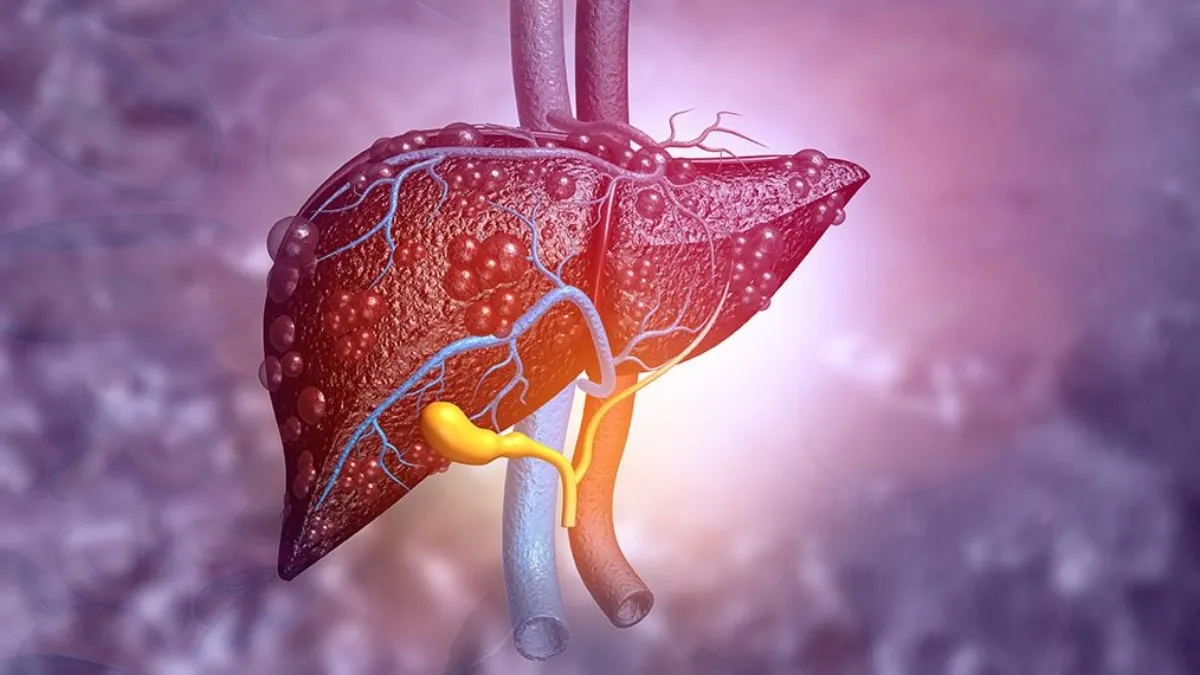Hepatitis, inflammation of the liver, is a worldwide health problem. Despite its prevalence, hepatitis is surrounded by misconceptions and myths that can hinder prevention, diagnosis, and treatment. Dr Rajesh Chandra, Consultant – Gastroenterology, Manipal Hospital, Vijayawada, sheds light on the realities of hepatitis transmission, debunking common myths and providing clarity on the facts. Let's explore the truths behind this complex condition and what you need to know to protect yourself and others.
Hepatitis A: The Faecal-Oral Route
- Contaminated water: Drinking water that has been contaminated with stool from infected individuals is a frequent cause.
- Contaminated food: Consuming food handled by someone with Hepatitis A who hasn't practiced proper hygiene can lead to infection.
Hepatitis B and C: Blood-to-Blood and More
- Sharing needles: A major risk factor, particularly among intravenous drug users.
- Contaminated razor blades and nail clippers: The openings from these tiny nicks can be large enough for transmission to occur.
- Unprotected sexual contact: A significant mode of transmission for both Hepatitis B and C.
- Mother-to-child transmission: A woman with Hepatitis B or C can transmit the virus to her baby during birth.
Dispelling Common Myths
We need to address several enduring myths surrounding hepatitis transmission.
- Genetic Transmission: Hepatitis is not a hereditary condition. It gets transmitted through virus exposure.
- Casual Contact: Someone with hepatitis cannot pass on the virus by casual contact. And it is not transmitted through casual contact, like shaking hands or hugging.
- Breastfeeding (Mostly Safe): Breastfeeding is generally safe for mothers with hepatitis. Transmission through breast milk is rare, occurring only if the mother has cracked and bleeding nipples.
- Shared Utensils and Clothes: You might want to use a separate plate for a sick person to reduce any theoretical risk associated with coming into contact with saliva (or perhaps a virus contained in very small quantities of it), which can carry the virus, but sharing your regular food supply or clothes doesn't pose a significant transmission risk.
- Saliva: Though saliva may, in a few instances, be contaminated with the virus, hepatitis B and C are not mainly transmitted through this medium.
Disclaimer: (Tips and suggestions mentioned in the article are for general information only and should not be construed as professional medical advice. Always consult your doctor or a dietician before starting any fitness programme or making any changes to your diet.)
ALSO READ: How artificial food colours are damaging DNA and health? Know from Swami Ramdev

